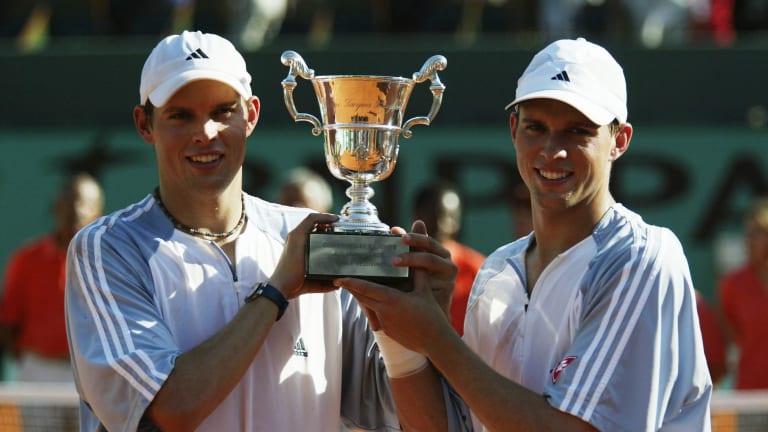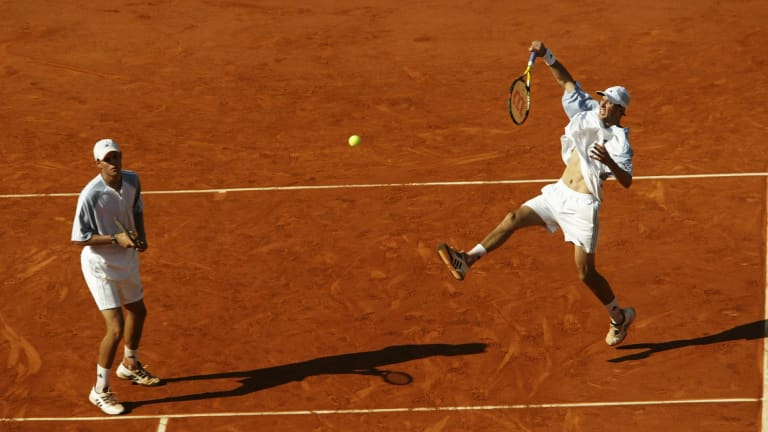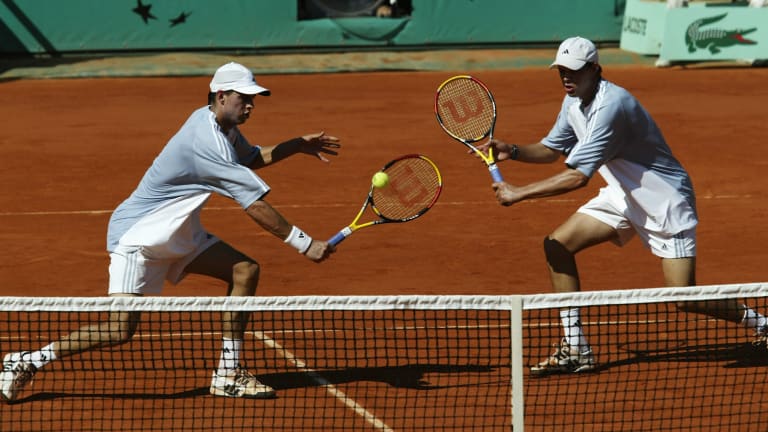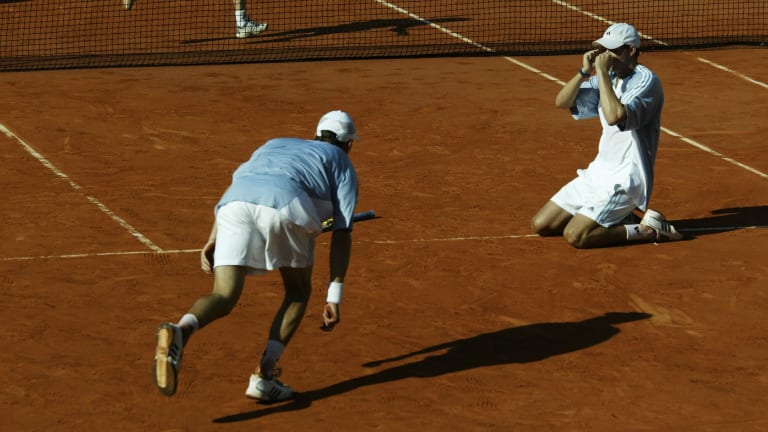The Bryan brothers' path to the Hall of Fame began at Roland Garros
By Oct 24, 2024Your Game
Six lessons you can learn from Bob and Mike Bryan
By Aug 21, 2025International Tennis Hall Of Fame
Bob and Mike Bryan made music on and off the tennis court
By Aug 20, 2025International Tennis Hall Of Fame
119 doubles titles, 16 Slams, Hall of Fame: How tennis’ legendary twins, Bob and Mike Bryan, did it all
By Aug 19, 2025International Tennis Hall Of Fame
Maria Sharapova, Bob and Mike Bryan nominated for International Tennis Hall of Fame
By Sep 03, 2024Social
Venus Williams shares return to tennis court in San Antonio on YouTube channel
By Dec 19, 2023Mad March
When the BNP Paribas Open became "Indian UnWells" amid viral outbreak
By Mar 02, 2023Olympic Tournament
The Olympic tennis value judgment is different for everyone—and that’s OK
By Jul 19, 2021United Cup
Stefanos Tstisipas pondered future of career while sidelined, says father is “much better communicator” now
By Jan 01, 2026United Cup
United Cup, Day 1 Preview: Naomi Osaka begins promising 2026, Stefanos Tsitsipas back from injury
By Jan 01, 2026The Bryan brothers' path to the Hall of Fame began at Roland Garros
Thanks in part to their play in Paris, Bob and Mike will be enshrined in Newport.
Published Oct 24, 2024
Advertising

The Bryan brothers broke the dam with their long-awaited first major title at Roland Garros in 2003.
© Getty Images
Advertising
Advertising

After some heartbreaking defeats early in 2003, the brothers took a risk that paid off ahead of Paris.
© Getty Images
Advertising
Advertising
Advertising

The twins dethroned defending champions Haarhuis and Kafelnikov to triumph in Paris.
© Getty Images
Advertising

The Bryans, who later became known for a signature chest-bump celebration, had a different reaction to their first major win.
© Getty Images